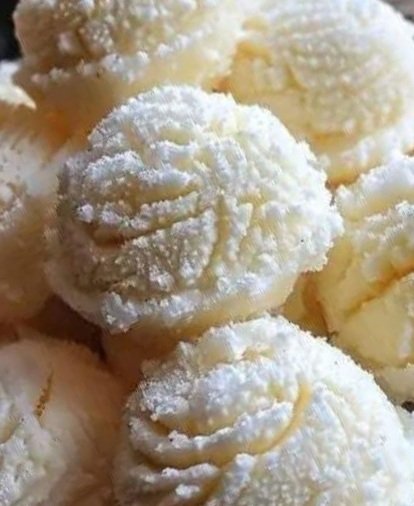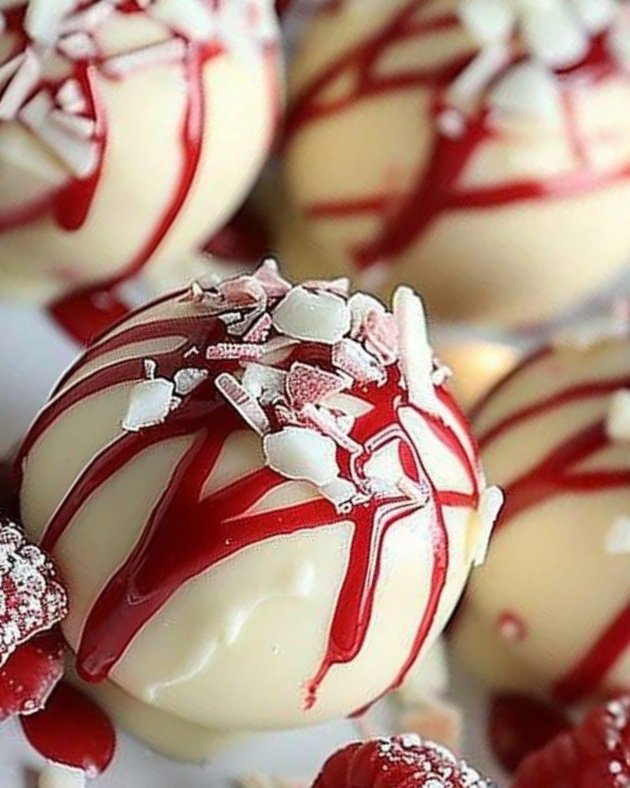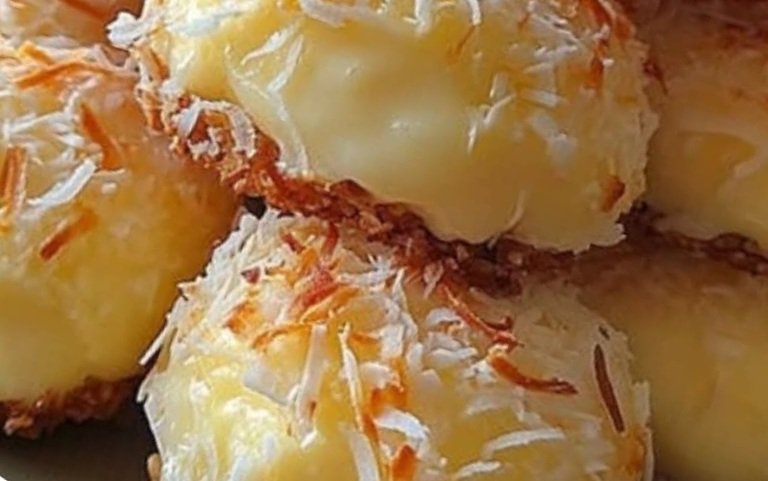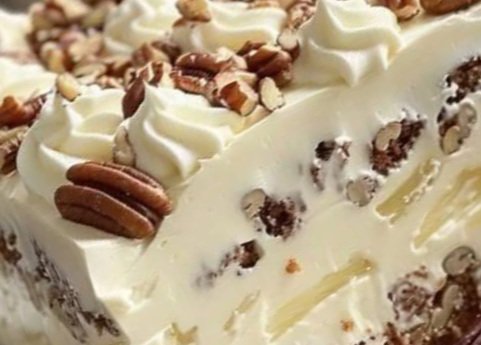The Ultimate Turkish Baklava Recipe with Ready-Made Phyllo Dough: A Sweet Delight

If you’ve ever dreamed of creating a show-stopping dessert that’s crispy, nutty, and dripping with honey, this Turkish baklava recipe with ready-made phyllo dough is your ticket to dessert heaven. Baklava, a timeless treat from the Middle East and Mediterranean, is a layered pastry filled with nuts and soaked in sweet syrup or honey. While it may seem intimidating, using store-bought phyllo dough makes this recipe surprisingly approachable, even for beginners. In this guide, we’ll walk you through every step to create authentic, homemade baklava that’s sure to impress your family and friends. Plus, we’ll share tips, tricks, and a bit of history to make your baking experience as delightful as the dessert itself. Let’s dive in! 😊🍯
What is Turkish Baklava?
Baklava is a rich, layered pastry dessert that’s a staple in Turkish cuisine, as well as in many Middle Eastern and Balkan cultures. It consists of thin, flaky layers of phyllo dough, a generous filling of ground nuts (like pistachios, almonds, or walnuts), and a sweet syrup or honey that soaks into every layer, creating a perfect balance of crunch and sweetness. Turkish baklava is particularly known for its delicate texture, achieved through the use of butter or ghee, and its vibrant flavors, often enhanced with ingredients like orange blossom water or cinnamon.
What makes this recipe special is its simplicity. By using ready-made phyllo dough, you skip the labor-intensive process of rolling out paper-thin dough, making it accessible for home cooks. Whether you’re preparing for a holiday, a family gathering, or just a cozy weekend treat, this homemade baklava recipe will steal the show.
Ingredients for Turkish Baklava
To make this delectable dessert, you’ll need just a handful of ingredients. The key is to use high-quality nuts and pure honey for the best flavor. Here’s what you’ll need:
For the Filling:
- 3 cups of finely ground nuts (choose almonds, pistachios, or roasted peanuts, ground to a couscous-like texture)
- 3 tablespoons granulated sugar (to sweeten the filling)
- A pinch of cinnamon or vanilla (for a warm, aromatic touch)
- ½ cup orange blossom water (adds a floral note; substitute with rose water if preferred)
For the Pastry:
- 1 package of ready-made phyllo dough (typically 16-20 sheets, thawed according to package instructions)
- 1 cup melted butter or ghee (for brushing the phyllo layers; ghee adds a richer flavor)
For the Syrup:
- 1-1.5 cups pure honey (cold, with no additives for the best taste)
- Optional: A splash of lemon juice or a pinch of cardamom for extra flavor
Equipment:
- A baking dish (9×13 inches is ideal)
- A thin wooden skewer or dowel (for rolling the baklava)
- A pastry brush
- A sharp knife (for cutting, if desired)
- An oven preheated to 350°F (175°C)
Step-by-Step Preparation Method
Making Turkish baklava at home is easier than you might think, especially with ready-made phyllo dough. Follow these detailed steps to create a dessert that’s crispy, golden, and bursting with flavor.
Step 1: Prepare the Nut Filling
- In a medium bowl, combine 3 cups of finely ground nuts (almonds, pistachios, or roasted peanuts) with 3 tablespoons granulated sugar.
- Add a pinch of cinnamon or vanilla to enhance the flavor. Cinnamon adds warmth, while vanilla brings a subtle sweetness.
- Pour in ½ cup orange blossom water and mix thoroughly. The filling should be moist but not doughy, resembling the texture of couscous. Set aside.

Tip: Use a food processor to grind the nuts, pulsing carefully to avoid turning them into a paste. The coarse, grainy texture ensures the filling holds up during baking.
Step 2: Prepare the Phyllo Dough
- Thaw the phyllo dough according to package instructions, usually overnight in the fridge or for a few hours at room temperature.
- Unroll the phyllo dough carefully and cover it with a slightly damp kitchen towel to prevent it from drying out while you work.
- Take two sheets of phyllo dough at a time (this adds stability and crunch). Place them on a clean, flat surface.
- Using a pastry brush, lightly brush the sheets with melted butter or ghee. Be generous but avoid soaking the dough, as this can make it soggy.

Tip: Work quickly with phyllo dough, as it dries out fast. If it tears, don’t worry—just patch it with another piece and continue.
Step 3: Assemble the Baklava
- Place a thin wooden skewer or dowel at one short edge of the prepared phyllo sheets.
- Fold the dough over the skewer by about 5 centimeters to create a small flap.
- Spoon a thin line of the nut filling along the folded edge, spreading it evenly but not too thickly.
- Gently roll the phyllo dough around the skewer, enclosing the filling. Roll loosely to avoid tearing, stopping just before you reach the opposite edge.
- Carefully push the ends of the rolled dough toward the center to create a slightly crinkled effect, then slide the roll off the skewer.
- Place the roll in a greased baking dish. Repeat the process with the remaining phyllo and filling, arranging the rolls snugly side by side.
- Brush the tops of the rolls with more melted butter or ghee for a golden, crispy finish.

Optional: Before baking, use a sharp knife to cut the rolls into smaller pieces (diagonal or square shapes) for easier serving. This step is traditional in many baklava recipes and ensures clean cuts.
Step 4: Bake the Baklava
- Preheat your oven to 350°F (175°C).
- Place the baking dish on the middle rack and bake for 30-40 minutes, or until the bottom of the baklava is golden brown.
- Switch the oven to broil (or turn on the top heat) for the last 2-3 minutes to brown the top, watching closely to avoid burning.
- Remove from the oven and let the baklava cool slightly for 5 minutes.
Tip: If the phyllo browns too quickly, cover the dish loosely with aluminum foil to prevent burning while the interior cooks through.
Step 5: Add the Honey Syrup
- While the baklava is still hot, pour 1-1.5 cups of cold, pure honey evenly over the top. The contrast between the hot pastry and cold honey helps the syrup soak in, creating that signature sticky-sweet texture.
- Let the baklava sit for at least 1-2 hours (or overnight) to fully absorb the honey and develop its flavors.
Tip: For a twist, warm the honey slightly with a splash of lemon juice or a pinch of cardamom before pouring. This adds a subtle citrusy or spiced note.

Step 6: Serve and Enjoy
- Once the baklava has absorbed the honey, cut it into pieces if you haven’t already.
- Serve on a platter, garnished with a sprinkle of finely chopped pistachios or a dusting of powdered sugar for an elegant touch.
- Pair with a cup of Turkish coffee, mint tea, or even a scoop of vanilla ice cream for a modern twist.

Tips for Perfect Baklava Every Time
- Use Quality Ingredients: Opt for pure, additive-free honey and fresh, high-quality nuts. Pistachios are traditional in Turkish baklava, but almonds or peanuts work beautifully too.
- Keep Phyllo Moist: Always cover unused phyllo sheets with a damp towel to prevent cracking.
- Don’t Skimp on Butter: Brushing each layer with butter or ghee ensures a crispy, golden texture.
- Cold Syrup, Hot Baklava: Pouring cold honey over hot baklava maximizes absorption and prevents sogginess.
- Let It Rest: Allowing the baklava to sit for a few hours (or overnight) enhances the flavor and texture.
The History of Baklava: A Sweet Legacy
Baklava’s origins are as layered as the dessert itself. While its exact birthplace is debated, many historians trace it to the Ottoman Empire, where it became a symbol of wealth and indulgence. The delicate art of making phyllo dough was perfected in the imperial kitchens of Istanbul’s Topkapi Palace, where chefs layered it with nuts and drenched it in syrup or honey. Over centuries, baklava spread across the Middle East, Greece, and the Balkans, with each region adding its own twist—pistachios in Turkey, walnuts in Greece, or rose water in Persia.
Today, baklava is a beloved dessert worldwide, served at celebrations, holidays, and family gatherings. Its enduring appeal lies in its perfect balance of textures and flavors: crunchy phyllo, nutty filling, and sticky-sweet syrup. By making this Turkish baklava recipe at home, you’re continuing a centuries-old tradition that’s as delicious as it is meaningful.
Serving Suggestions and Storage
Turkish baklava is versatile and pairs beautifully with a variety of beverages and desserts. Here are some ideas to elevate your baklava experience:
- Beverages: Serve with strong Turkish coffee, fragrant mint tea, or a glass of chilled raki (a traditional Turkish anise-flavored spirit).
- Dessert Pairings: Add a scoop of vanilla or pistachio ice cream for a creamy contrast, or serve alongside fresh fruit like pomegranate seeds or sliced oranges.
- Presentation: Arrange baklava pieces on a decorative tray and sprinkle with crushed pistachios or edible rose petals for a festive look.
Storage: Store leftover baklava in an airtight container at room temperature for up to 5 days or in the fridge for up to 2 weeks. Avoid freezing, as it can make the phyllo soggy.
Why You’ll Love This Recipe
This Turkish baklava recipe with ready-made phyllo dough is a game-changer for home bakers. It’s:
- Beginner-Friendly: Store-bought phyllo eliminates the need for advanced pastry skills.
- Customizable: Swap nuts or add spices to suit your taste.
- Impressive: Perfect for holidays, dinner parties, or gifting to friends and family.
- Delicious: The combination of crispy phyllo, nutty filling, and honey-soaked layers is irresistible.
Final Thoughts
Making homemade baklava is a labor of love, but with this easy Turkish baklava recipe, you’ll be amazed at how simple and rewarding it can be. The flaky layers, fragrant nut filling, and glossy honey syrup come together to create a dessert that’s as beautiful as it is delicious. Whether you’re a seasoned baker or a first-timer, this recipe will guide you to baklava perfection.
So, grab your phyllo dough, preheat your oven, and get ready to fill your kitchen with the irresistible aroma of freshly baked baklava. Don’t forget to share your creations with us in the comments below or tag us on social media! 😊❤️🍯
Enjoy your sweet journey into Turkish cuisine!
Quick Summary:
- Filling: Mix 3 cups finely ground nuts (almonds, pistachios, or roasted peanuts) with 3 tbsp sugar, a pinch of cinnamon or vanilla, and ½ cup orange blossom water until moist but not doughy.
- Phyllo Prep: Use two phyllo sheets at a time, brush with melted butter or ghee.
- Assembly: Place a skewer at one edge, fold dough over 5 cm, add filling, roll gently, remove skewer, and place in a baking dish. Brush with more butter/ghee.
- Baking: Bake in a preheated oven (typically 350°F/175°C, though not specified) until golden brown on the bottom, then brown the top.
- Finishing: Pour cold, pure honey over hot baklava.
- Tip: Use butter/ghee for crunch and pure, cold honey for best flavor.
Clarifications & Tips:
- Oven Temperature: The recipe doesn’t specify, but 350°F (175°C) is standard for baklava. Bake for ~30-40 minutes, checking for golden color.
- Phyllo Handling: Keep phyllo covered with a damp cloth to prevent drying out while assembling.
- Honey Quantity: The recipe mentions pouring honey but not how much. Typically, 1-1.5 cups of honey (or a simple syrup made with 1 cup sugar, 1 cup water, and a splash of lemon juice) works for a standard 9×13-inch tray.
- Cutting: Traditional baklava is cut into diamonds or squares before baking for easier serving. Consider doing this after assembling but before baking.
- Nut Texture: Ensure nuts are finely ground (like couscous, as noted) to avoid tearing the delicate phyllo.
Optional Enhancement:
- For a more authentic Turkish touch, add a drizzle of lemon juice to the honey or use a honey-sugar syrup infused with a clove or cardamom for extra flavor.





